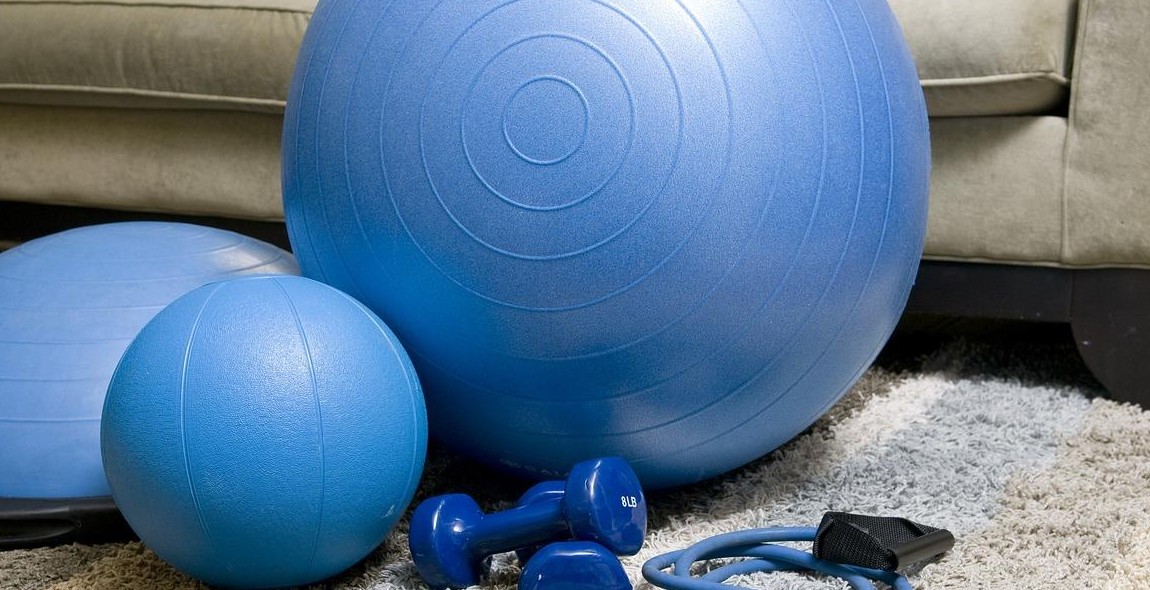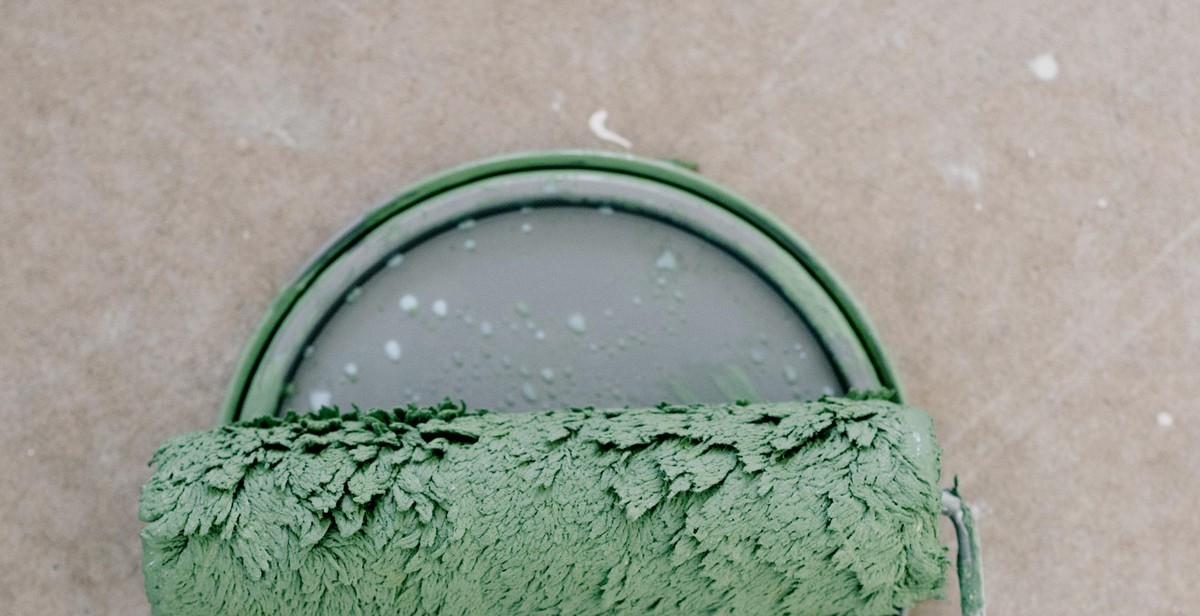How to Create a Home Gym: A Guide to Setting Up Your Personal Fitness Space
As a professional fitness enthusiast and content creator, I have helped several people set up their home gyms. Having a personal fitness space at home can be a game-changer for your fitness journey, especially in times when going to the gym is not an option. With a home gym, you can work out on your own schedule, save time and money, and have all the equipment you need at your fingertips.
However, setting up a home gym can be overwhelming, especially if you don’t know where to start. That’s why I have created this comprehensive guide to help you create the perfect fitness space in your home. In this guide, you’ll learn:
- The benefits of having a home gym
- The essential equipment you need to get started
- How to choose the right equipment for your fitness goals
- How to create a workout plan that suits your needs
- Tips on how to make the most out of your home gym
Whether you’re a beginner or an experienced fitness enthusiast, this guide will provide you with all the information you need to create a home gym that works for you. So, let’s get started!

Assess Your Space and Budget
Before you start setting up your home gym, it’s important to assess your space and budget. This will help you determine what equipment you can purchase and where you can place it in your home.
Measure Your Space
The first step in creating a home gym is to measure your space. You need to know how much space you have available to determine what equipment will fit and where you can place it. Measure the length, width, and height of the room or area where you plan to set up your gym.
Make sure to also take into consideration any obstacles such as doors, windows, and furniture that may limit the amount of space you have available.
Determine Your Budget
The next step is to determine your budget. Setting up a home gym can be expensive, but it doesn’t have to be. Determine how much you can afford to spend on equipment and other gym essentials such as flooring and mirrors.
Consider purchasing used equipment or starting with just the basics and adding equipment as you go. Don’t forget to factor in any ongoing costs such as maintenance and repairs.
By assessing your space and budget, you can create a home gym that meets your fitness needs without breaking the bank.

Choose Your Equipment
Before you start buying equipment for your home gym, you need to consider your fitness goals. Different equipment serves different purposes, so you want to make sure you are investing in the right tools to help you reach your fitness objectives.
Research Equipment Options
Once you have a clear idea of your fitness goals, it’s time to start researching equipment options. There are many types of equipment available, including cardio machines, strength training equipment, and accessories like yoga mats or resistance bands. Take some time to read reviews, watch videos, and talk to fitness professionals to get an idea of what might work best for you.
Prioritize Your Must-Haves
After researching different equipment options, it’s time to prioritize your must-haves. What equipment is essential for you to achieve your fitness goals? Maybe you need a treadmill for cardio or a set of dumbbells for strength training. Make a list of your top priorities and focus on purchasing those items first.
| Cardio Equipment | Strength Training Equipment | Accessories |
|---|---|---|
|
|
|
Remember, you don’t need to buy everything at once. Start with your must-haves and build from there as your budget allows. Over time, you can add more equipment and accessories to continue challenging yourself and reaching new fitness goals.
Design Your Space
Designing your home gym is a crucial step in creating a personal fitness space that motivates you to achieve your fitness goals. Here are some tips on how to design your space:
Plan Your Layout
The layout of your home gym will depend on the available space and your fitness needs. If you prefer cardio exercises, consider placing your treadmill, elliptical, or stationary bike in the center of the room. If you prefer strength training, place your weight bench and free weights in a corner. Your gym layout should allow for enough space to move freely and perform exercises without any obstructions.
Consider Flooring Options
The type of flooring you choose for your home gym is important for safety and comfort. Hardwood and carpet are not recommended for gym flooring because they can be slippery and difficult to clean. Instead, consider rubber or foam flooring that provides cushioning and prevents slipping. These materials are also easy to clean and maintain.
Add Storage Solutions
Adding storage solutions to your home gym will help keep your space organized and clutter-free. Consider adding shelves, cabinets, or storage bins for your equipment, towels, and accessories. This will also make it easier for you to find what you need and keep your gym space tidy.
| Storage Solution | Description |
|---|---|
| Wall-mounted shelves | Maximizes vertical space and keeps equipment off the floor |
| Storage cabinets | Keeps equipment and accessories organized and out of sight |
| Storage bins | Keeps smaller items like resistance bands and jump ropes in one place |
Designing your home gym requires careful consideration of layout, flooring, and storage solutions. With these tips, you can create a personal fitness space that is safe, comfortable, and organized.
Set Up Your Home Gym
Now that you have chosen the perfect space for your home gym, it’s time to assemble your equipment, install flooring and mirrors, and organize your space.
Assemble Your Equipment
Before you start assembling your equipment, make sure you have all the necessary tools and instructions. Begin with the larger pieces of equipment, such as the treadmill or weight bench, and work your way down to the smaller items, such as weights and resistance bands.
Make sure to follow the instructions carefully to avoid any injuries or damage to your equipment. If you are unsure about any steps, consult the manufacturer’s website or reach out to their customer service for assistance.
Install Flooring and Mirrors
Installing proper flooring and mirrors in your home gym is essential for safety and motivation. You can choose from a variety of flooring options, such as rubber or foam tiles, to provide cushioning and protect your floors from heavy equipment.
Adding mirrors to your home gym can help you correct your form, monitor your progress, and make the space appear larger. Consider installing full-length mirrors or a wall of mirrors for maximum benefit.
Organize Your Space
Once you have assembled your equipment and installed flooring and mirrors, it’s time to organize your space. Keep frequently used items, such as towels and water bottles, within easy reach.
Consider using storage solutions, such as shelves or bins, to keep smaller items organized and out of the way. Make sure to leave enough space between equipment for safe and comfortable movement.
| Equipment | Flooring | Mirrors |
|---|---|---|
| Treadmill | Rubber tiles | Full-length mirrors |
| Weight bench | Foam tiles | Wall of mirrors |
| Weights | Rubber tiles | Full-length mirrors |
By following these steps, you can create a safe, functional, and motivating home gym that will help you achieve your fitness goals.

Maintain Your Home Gym
Creating a home gym is an excellent way to stay fit and healthy without having to leave your home. However, to keep your home gym functional and safe, you need to perform regular maintenance and cleaning. Here are some tips to help you maintain your home gym:
Clean and Sanitize Your Equipment
Regular cleaning and sanitizing of your gym equipment is essential to prevent the spread of germs and bacteria. Sweat, dirt, and dust can accumulate on your equipment, making it unsanitary and even hazardous to use. To clean your equipment, use a damp cloth and a mild cleaning solution. Make sure you wipe down all surfaces, including handles, seats, and frames. You can also use disinfectant wipes or sprays to sanitize your equipment after use.
Perform Regular Maintenance
Regular maintenance of your gym equipment ensures that it functions correctly and lasts longer. Check the manufacturer’s instructions for maintenance recommendations and follow them accordingly. Inspect your equipment regularly for wear and tear, loose bolts, and other issues. If you notice any problems, address them immediately to prevent further damage.
Update Your Equipment
Over time, your gym equipment may become outdated or worn out. Upgrading your equipment can not only improve your workout experience but also ensure your safety. If you notice that your equipment is no longer functioning correctly or is outdated, consider investing in new equipment. You can also replace worn-out parts or accessories to extend the life of your equipment.
- Regular cleaning and sanitizing of your equipment is essential to prevent the spread of germs and bacteria.
- Regular maintenance of your gym equipment ensures that it functions correctly and lasts longer.
- Upgrading your equipment can not only improve your workout experience but also ensure your safety.
By following these tips, you can keep your home gym safe, functional, and enjoyable to use.

Conclusion
Creating a home gym is a great way to stay fit and healthy without having to leave your house. With a little bit of planning and effort, you can set up a personal fitness space that meets your needs and preferences.
Remember to choose equipment that suits your fitness goals and budget, and make sure to create a workout routine that fits your schedule and lifestyle. Don’t forget to also consider the space you have available and the type of flooring and lighting that will make your workouts comfortable and safe.
Setting up a home gym can be a fun and rewarding project that can help you achieve your fitness goals and improve your overall health and wellbeing. By investing in yourself and your fitness, you’ll be able to enjoy the benefits of a healthy lifestyle for years to come.
Key Takeaways
- Creating a home gym can save you time and money while allowing you to stay fit and healthy.
- Choose equipment that suits your fitness goals and budget.
- Create a workout routine that fits your schedule and lifestyle.
- Consider the space you have available and the type of flooring and lighting that will make your workouts comfortable and safe.
- Investing in your fitness can lead to a healthier and happier life.
Start Building Your Home Gym Today
Now that you know how to create a home gym, it’s time to start building your personal fitness space. With the right equipment, routine, and mindset, you can achieve your fitness goals and enjoy the benefits of a healthy lifestyle.
| Equipment | Routine | Space |
|---|---|---|
| Dumbbells | Strength training | Garage |
| Treadmill | Cardiovascular exercise | Basement |
| Yoga mat | Flexibility and balance | Spare room |
